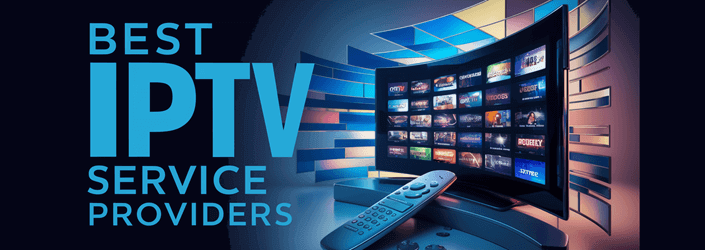I'm sorry, dude, but you continually make false and/or misguided assertions about ATSC 3.0. I enjoy a good back-and-forth and sharing of info on a forum as much as the next poster but what's the point if you keep saying stuff that just isn't true?
Who is to say what real-world use will deliver? Many of the articles that you referenced were written based on early limited testing or theoretical capacities rather than real-world performance in a cozy TV band.
It's fine to have your own opinion (which seems to be that the future of OTA broadcast isn't good, I guess?) but you can't have your own "alternative facts".
Not so much alternative facts as a different perspective. The "facts" that you offer in your links are not necessarily proven in the crucible of reality where DTV and ATSC 3.0 stations are operating side-by-side (on adjacent frequencies). Lest we not forget, the analog stations that don't get whacked as a result of the repack will have until
12 months after the repack is completed to transition to digital.
Just to start, one stream of UHD with HDR and WCG does NOT have to take up 100% or more of the available bandwidth in the 6 Mhz spectrum available to an ATSC 3.0 broadcast station. The available bandwidth is usually stated as about 25Mbps, although it actually varies based on how the transmission is configured; the more robust the signal, the lower the bandwidth but the easier it is to receive, the less robust the signal, the higher the bandwidth but the harder it is to receive.
Forward Error Correction (FEC, what they use to make a broadcast "robust") is something they probably won't be able to scrimp on at least until all of the other modulation schemes are gone, wouldn't you think? Is this 25MBps rate that they quote the PHY rate or the actual data rate? Because TCP/IP is in play, the distinction is very important. For their part, the ATSC seems to be avoiding specific bandwidth numbers and stating in A/322 that the supported range of PHY bandwidths runs all the way from 1MBps to 57MBps. Who knows for certain what the real world will hand them?
Both Netflix and Amazon are already streaming UHD with HDR in HEVC at bitrates of about 15 to 16 Mbps; I watched that content from both providers on my UHD TV and it looks great. (Please note that 16 is a much lower number than 25.)
Netflix and Amazon are streaming content that is painstakingly compressed to at or near the theoretical limits of the compression scheme. TV stations, if they are modulating multiple channels with adaptive compression, don't have that going for them; they're stuck with whatever real-time re-compression they can afford.
As to the preceding point about the feasibility of broadcasting in 1080p HEVC using the available bandwidth in ATSC 3.0, check out
this article from an industry news source (emphasis mine), which quotes:
Even those who are not looking to broadcast UHD will see massive benefits. Up to six 1080p signals with higher dynamic range and higher frame rate can be delivered (or up to eight 720p or 12 1080i signals). Those services can also be mixed and matched with 360p services for mobile devices and much more.
When you find something from a broadcast engineering source rather than someone who attended a seminar sponsored by the proponents of ATSC 3.0, you'll let me know, yes? The article speaks of the remaining ATSC 3.0 component standards being approved by the end of 2016? Is that a fact?
The sportsvideo article (from October of 2015) also speaks to needing to fit the UHD content into 16-17Mbps and if that's what Netflix and Amazon need for their ideally compressed content. Is there an inconsistency in the facts that you've offered?
Does any of this consider the other side of ATSC 3.0 that Bluegras' link speaks to? Will Sinclair and Nexstar wait for NTSC and DTV to go away before they start using this apparently high-value data bandwidth?
In answer to your question about what I think the future holds, I believe that ATSC 3.0 will fail to gain traction without a gubmint mandate. I don't think that ATSC 3.0 in and of itself is a bad idea, just that it won't be able to deliver what it needs to deliver given the post-repack bandwidth. I wonder how willing the FCC is going to be to issue ATSC 3.0 licenses if they haven't successfully repacked a few markets. We must not ignore the fact that DTV is the mandated standard until it is replaced.



 to SatelliteGuys. We do like our discussions here at SatGuys. We all learn quite a bit by the back and forth.
to SatelliteGuys. We do like our discussions here at SatGuys. We all learn quite a bit by the back and forth.
 Is that better explained to you or what?
Is that better explained to you or what?